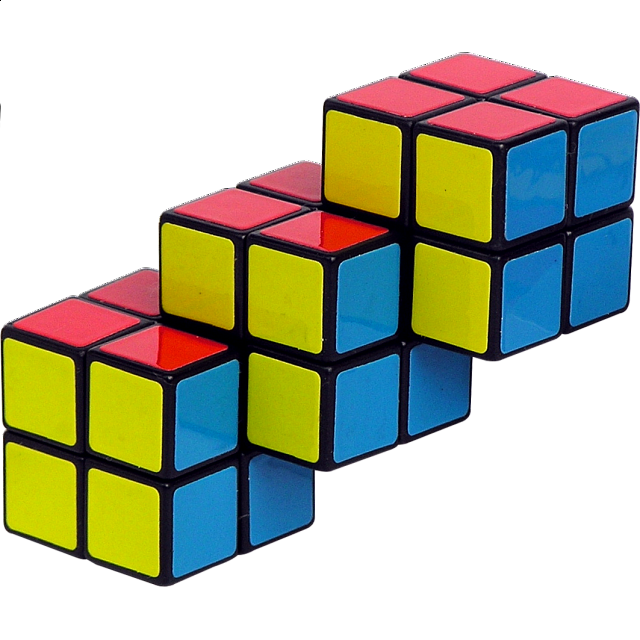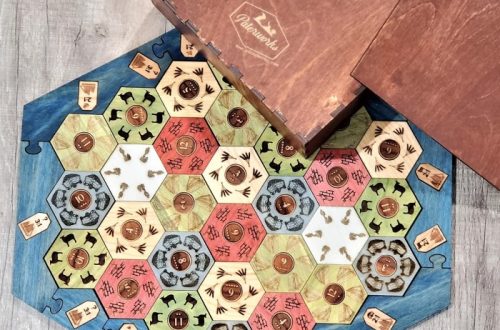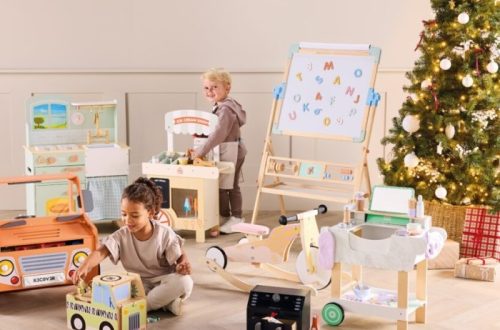Introduction to the 2×2 Rubik’s Cube
Do you want to Learn how to solve a Rubik’s Cube 2×2?The 2×2 Rubik’s Cube, a simplified version of the classic 3×3 Rubik’s Cube, provides a fascinating challenge. Despite its smaller size, solving the 2×2 cube involves techniques and skills that are foundational in the world of cubing. Whether you’re a beginner looking to enter into cubing, or an experienced cuber aiming to improve your speed, understanding and mastering the 2×2 cube is essential.
What is a 2×2 Rubik’s Cube?
The 2×2 Rubik’s Cube, often referred to as the pocket cube, consists of 8 corner pieces only. Unlike its 3×3 counterpart, the 2×2 cube lacks edge and center pieces, which makes its appearance simpler but the solution quite intriguing. Each move you make can alter the cube’s configuration significantly, requiring strategic thinking and planning.
The Benefits of Learning to Solve the 2×2 Cube
Mastering how to solve a Rubik’s cube 2×2 is not just about solving a puzzle; it’s about enhancing cognitive skills, improving concentration, and developing problem-solving abilities. It’s a mental workout that sharpens your mind and also serves as a great party trick to impress friends and family. For cubers, it lays a strong foundation, helping to understand more complex cubes and algorithms with greater ease.
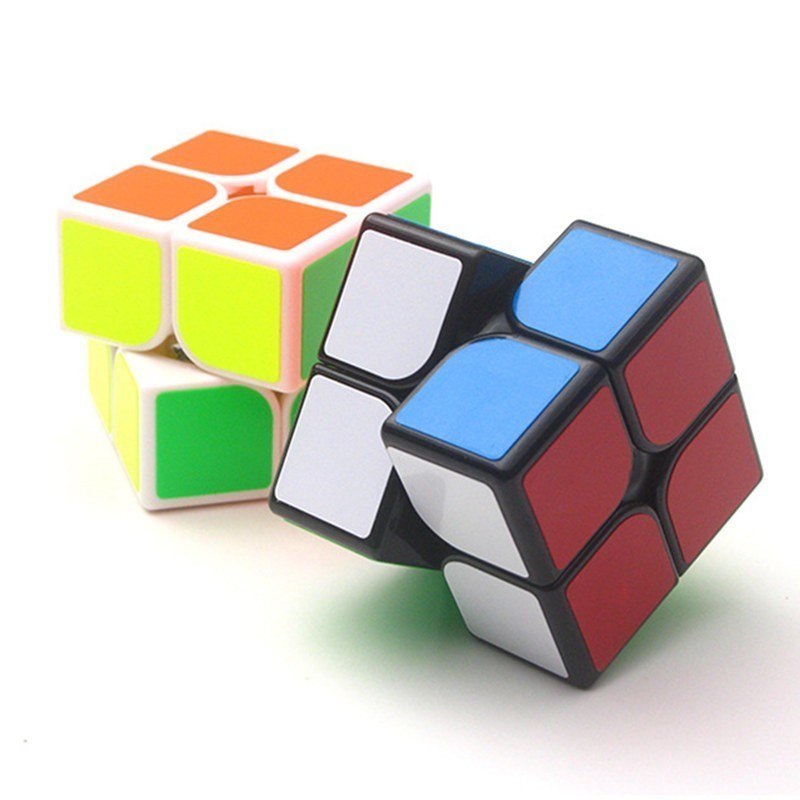
Basic Concepts and Terminology
Before diving into how to solve a rubik’s cube 2×2, it’s crucial to grasp some basic concepts and terminology. This foundation will make the learning process smoother and help you communicate with other cubers more effectively.
Understanding Cube Notation
In cubing, every twist and turn has a specific notation. For a 2×2 Rubik’s Cube, these notations describe which part of the cube to rotate and in what direction.
- R (Right): Turn the right face clockwise.
- R’ (Right Inverse): Turn the right face counterclockwise.
- U (Up): Rotate the upper face clockwise.
- U’ (Up Inverse): Rotate the upper face counterclockwise.
- F (Front): Turn the front face clockwise.
- F’ (Front Inverse): Turn the front face counterclockwise.
There are also rotations for the Left (L), Down (D), and Back (B) faces, along with their inverse moves. Understanding and practicing these notations are essential for following solution guides and algorithms.
The Pieces of the 2×2 Cube
Although the 2×2 cube may seem simple, knowing its pieces is crucial. It consists of:
- Corners: The cube has 8 corner pieces, each with three different colors.
There are no center or edge pieces in a 2×2 cube, which makes it different from its 3×3 counterpart. Every move you perform will affect the position and orientation of the corner pieces. Recognizing and manipulating these pieces correctly is key to solving the puzzle.
The Standard Solving Method
To crack the puzzle of how to solve a rubik’s cube 2×2, following a standard method is vital. This approach breaks down the process into manageable steps, allowing you to tackle each phase with focus and clarity. Let’s take a closer look at each step in the standard method of solving the 2×2 Rubik’s Cube.
Step 1: Solving the First Layer
The first step is to solve one face of the cube, which becomes the first layer. Choose one color to start with and focus on arranging the corners so that this color forms a solid face. Remember, it’s not just the face that needs completing; the adjacent colors must match the corresponding side center colors. This sets the stage for the next steps and requires a keen eye for pattern recognition and strategic planning.
Step 2: Orienting the Last Layer
Once the first layer is complete, flip the cube over. Now, the unsolved face is on top. The goal here is to orient all the corners correctly, which means getting the top colors of each corner to match the color of the center in the last layer. Don’t worry about matching the side colors yet. Focus on positioning the top colors correctly using the right algorithms.
Step 3: Permuting the Last Layer
The final step is permuting, or swapping, the last layer’s corners until the cube is solved. Each corner needs to be in the right place, with the side colors matching the centers of each face. This is typically the trickiest part and where algorithms play a crucial role. It may take several iterations, but once completed, your 2×2 Rubik’s Cube should be solved!
Mastering this standard solving method requires patience and practice. Over time, you’ll likely develop a deeper understanding of the cube’s mechanics, helping you solve it more quickly and efficiently.
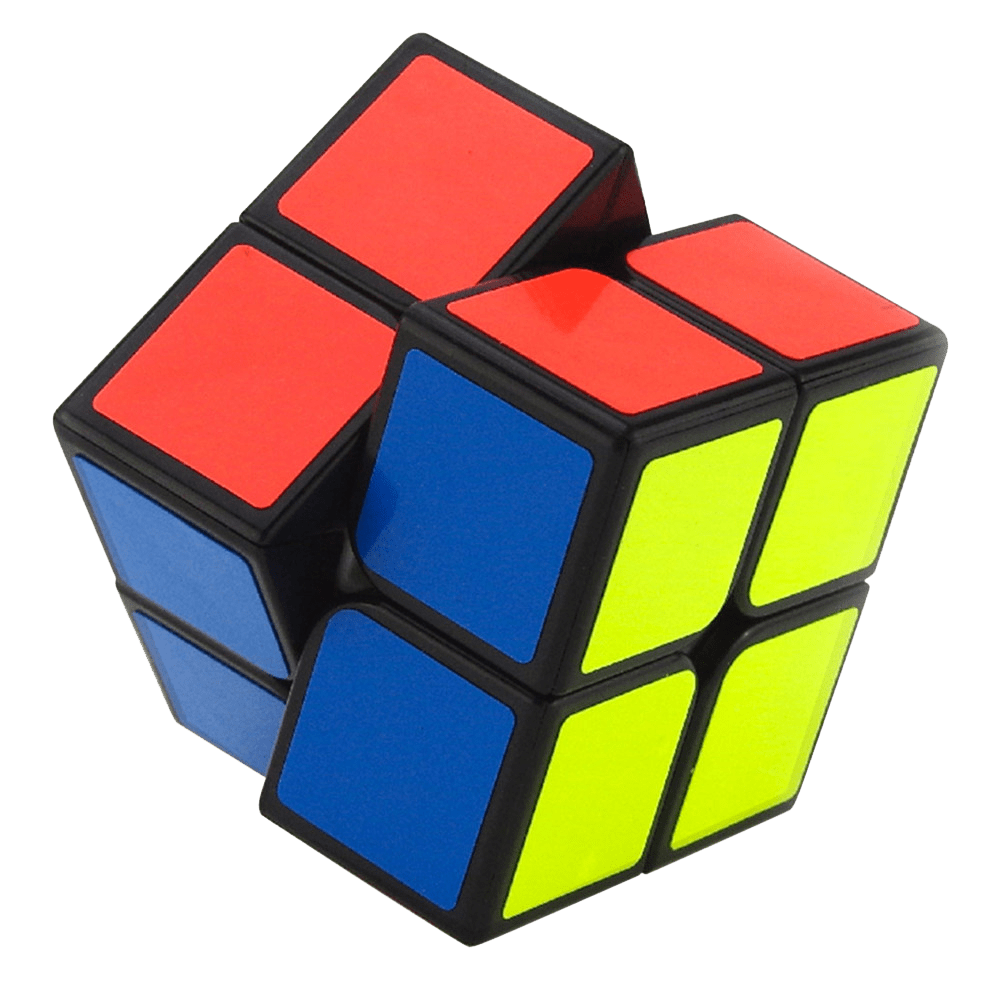
Advanced Techniques for Speedcubing
When diving deeper into how to solve a rubik’s cube 2×2, speed is often the next frontier. Advanced techniques are key for those looking to not just solve the cube but to do it quickly. Speedcubing demands efficient strategies, muscle memory, and lots of practice. To become a proficient speedcuber, you must learn finger tricks and understand common algorithms.
Finger Tricks and Cube Handling
Finger tricks refer to the specific ways to turn the cube with speed and precision. They help in executing moves faster than using the whole hand. Here’s how you can get started:
- Use Your Fingers: Rather than twisting with your wrist, use your fingers to flick the cube layers.
- Practice: Start by mastering simple turns and then advance to complex sequences.
- Relax Your Grip: Hold the cube lightly to make turns smoother and more controlled.
- Speed Up Gradually: As your accuracy improves, begin to increase your speed.
Proper cube handling goes hand in hand with finger tricks. Handling the cube correctly can greatly affect your solving time.
- Cube Stability: Keep the cube stable in your hands as you perform algorithms.
- Minimal Movements: Aim to minimize the amount of movement your hands make.
- Hand Positioning: Learn optimal hand placements for different moves for quick transitions.
Common Algorithms and Their Uses
Algorithms are set sequences of moves that manipulate the cube in specific ways. They are crucial in speed solving. Familiarize yourself with these common algorithms:
- T-Permutation: Swaps corner pieces without affecting others.
- U-Permutation: Cycles three corner pieces in the last layer.
- A-Permutation: Two-corner cycle that can solve or orient the final layer.
Remember to learn these algorithms until they are muscle memory:
- Repetition: Practice each algorithm multiple times until it’s a fluid motion.
- Visualization: Try to visualize the algorithm’s effect on the cube before executing it.
- Consistency: Use the same algorithm for specific scenarios every time to build consistency.
Mastering advanced techniques is a journey of constant learning and practice. With time and dedication, you’ll not only know how to solve a rubik’s cube 2×2 but also excel at speedcubing.
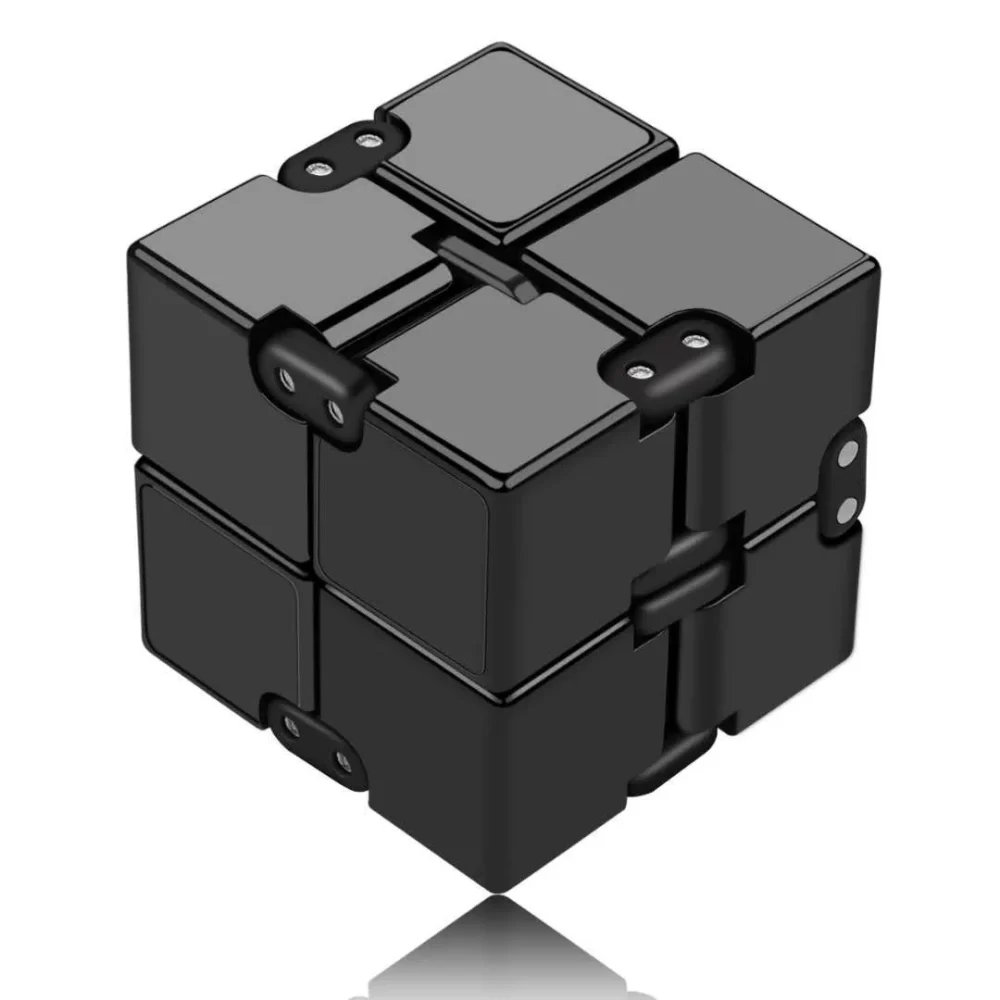
Common Mistakes and How to Avoid Them
Learning how to solve a rubik’s cube 2×2 is a journey full of trial and error. Even with a strong grasp of the standard solving method and advanced techniques, common mistakes can hinder your progress. It’s vital to identify these errors early on and learn how to avoid them to improve your overall cubing experience.
Misalignment Issues
A common issue when solving the 2×2 Rubik’s Cube is piece misalignment. This typically occurs during fast turns or when executing algorithms hastily.
- Take It Slow: Initially, focus on accuracy rather than speed.
- Check Alignments: After each move, ensure the pieces are properly aligned before the next.
- Adjust Your Grip: A firmer grip may prevent the cube from turning unexpectedly.
By paying attention to each move, you can maintain control and avoid misalignments that could set back your solving process.
Incorrect Algorithm Application
Incorrectly applying algorithms is another roadblock that cubers face. This can lead to unsolved states or even a scrambled cube.
- Verify Steps: Double-check the algorithm before applying it.
- Understand The Outcome: Know what the algorithm is supposed to accomplish.
- Practice Consistently: Repetition will help engrain the correct algorithms in your memory.
When you understand the purpose of each algorithm and practice them diligently, you reduce the risk of applying them incorrectly. Remember, slow and steady wins the race, especially when you’re still getting familiar with the cube.
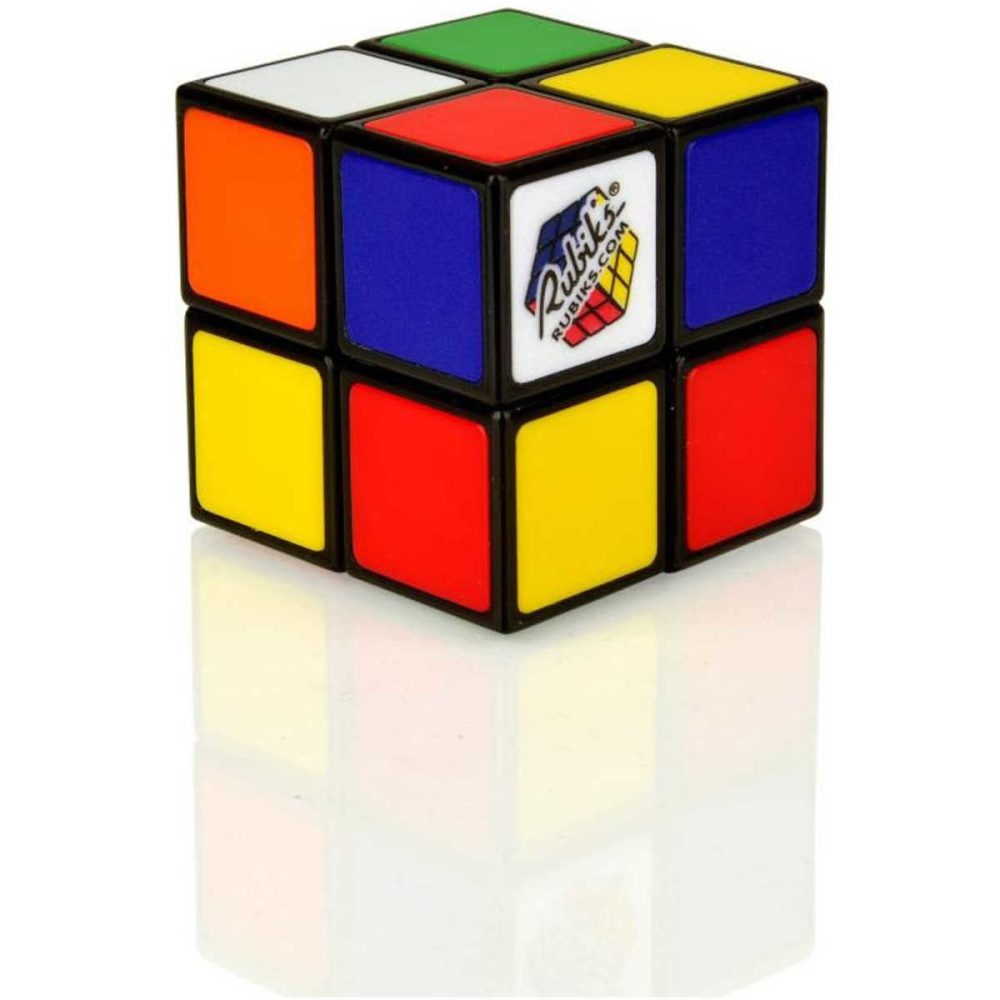
Practicing and Improving Your Skills
Mastering how to solve a rubik’s cube 2×2 goes beyond knowing the steps. To improve, practice is key. However, practicing without a plan can lead to slow progress. Set targeted goals and track your times to advance your skills.
Setting Practice Goals
Setting clear practice goals is critical for improvement. Start with straightforward objectives, like a complete solve without guidance. Progress to time-based goals, aiming for consistent and faster solves. Personal milestone targets can motivate and push your limits.
- Start Small: Begin with basic patterns to reinforce memory.
- Increase Complexity: Gradually introduce more challenging goals.
- Be Realistic: Set achievable targets to avoid frustration.
Tracking Your Progress and Times
Keeping a record of your solving times offers many benefits. It gives you insight into your improvement and what areas need more work. Use a stopwatch or a cube-timing app to log your times after each solve.
- Note Patterns: Identify common stumbling blocks in your solves.
- Celebrate Improvements: Recognizing your progress fuels motivation.
- Adjust Tactics: Change up your strategies based on your tracking results.
Consistent practice with clear goals and thorough tracking are essential. They turn the knowledge of how to solve a rubik’s cube 2×2 into a skill honed to perfection.
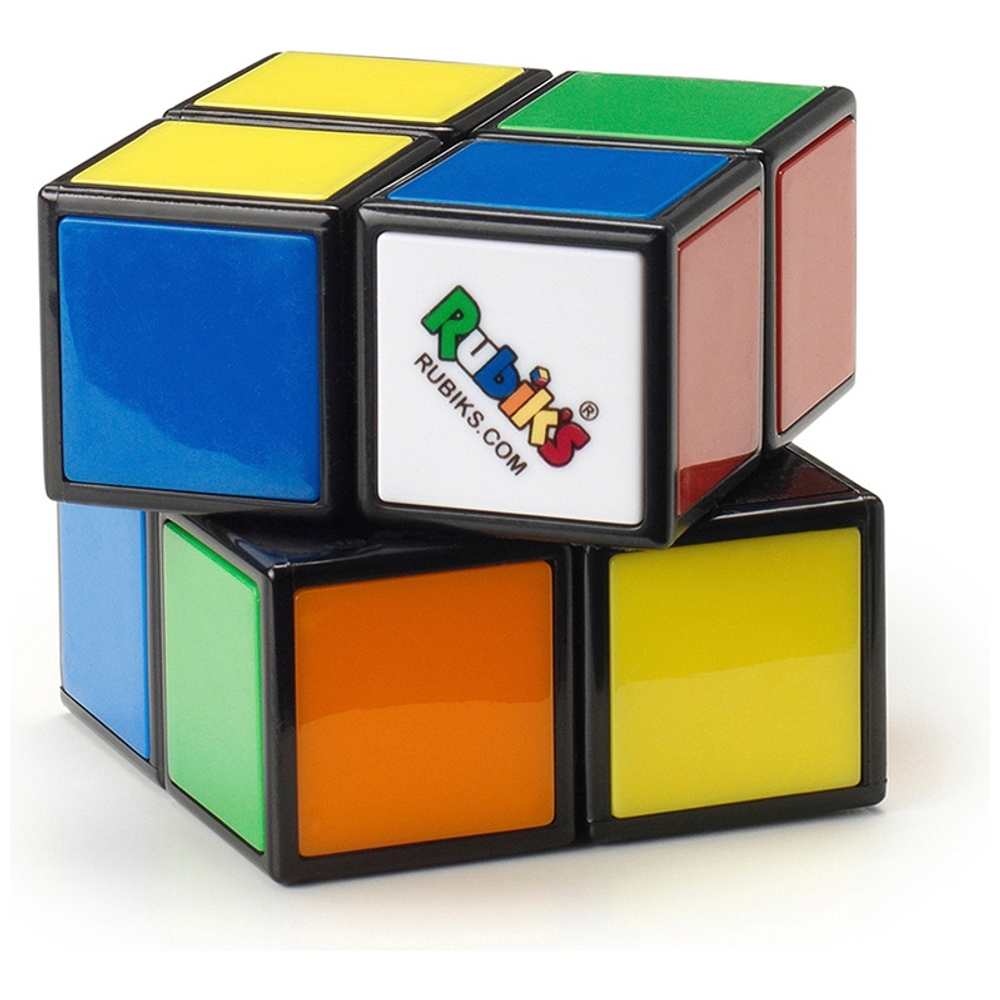
Resources for Further Learning
Solving the 2×2 Rubik’s Cube can be deeply rewarding. To boost your learning curve and join a likeminded community, explore a variety of resources available.
Recommended Tutorials and Videos
Tutorials and videos are great for visual learners. Look for step-by-step guides from expert cubers. YouTube channels dedicated to cubing offer a wealth of tips. Choose beginner tutorials first, then move to advanced strategies as you improve.
- Start with basics: Focus on easy-to-follow solutions.
- Watch slow-motion solves: Understand each move clearly.
- Find videos with verbal explanations: They can clarify complex points.
Community Forums and Competitions
Join online forums to connect with fellow cubers. Share experiences, ask for advice, and learn about upcoming competitions.
- Sign up for forums: Sites like SpeedSolving.com are great places to start.
- Attend local competitions: They are ideal for meeting cubers in person.
- Share your progress: Get feedback and encouragement from the community.
Incorporating these resources into your practice will help sharpen your skills and keep your solving techniques current.
